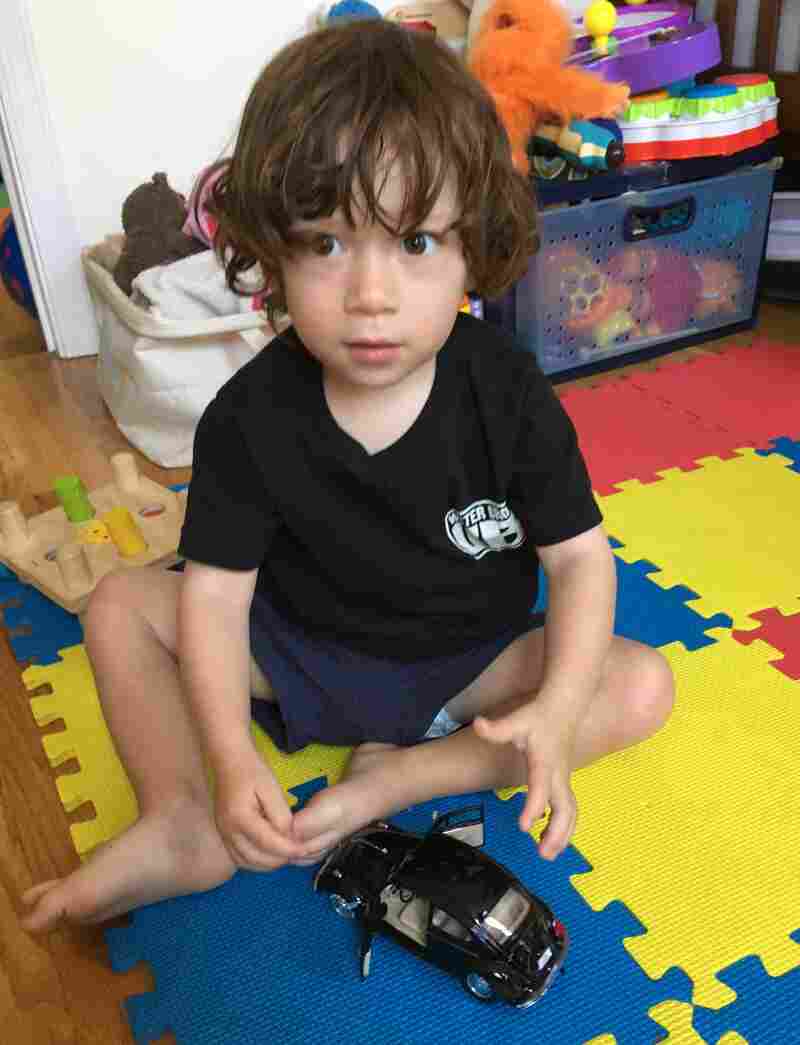Oklahoma Opioid Trial Ends
Monday was the last day in a widely-watched trial about opioid addiction in Oklahoma. The state sued opioid manufacturers, but only Johnson & Johnson fought it in court after others settled.
ARI SHAPIRO, HOST:
Today the state of Oklahoma laid out its closing argument for holding a pharmaceutical company responsible for the national opioid epidemic.
(SOUNDBITE OF ARCHIVED RECORDING)
BRAD BECKWORTH: Because the facts in this case showed the causation is causation. When you oversupply, people die.
SHAPIRO: That’s Brad Beckworth, lawyer with the Oklahoma Attorney General’s Office. On the other side, Johnson & Johnson attorney Larry Ottaway said opioids are already subject to a litany of rules.
(SOUNDBITE OF ARCHIVED RECORDING)
LARRY OTTAWAY: This is not a free market. The supply is regulated by the government.
SHAPIRO: This is the first such trial in the U.S., many are set to follow. Joining us from the courthouse is Jackie Fortier. She’s a reporter for StateImpact Oklahoma, and she’s been covering the case for NPR. Hi there.
JACKIE FORTIER, BYLINE: Hi.
SHAPIRO: You’ve been in court for about seven weeks. You’ve listened to 38 witnesses. What top line have we learned from this trial?
FORTIER: I mean, this trial was really an opportunity to pull back the curtain and show the public how part of the pharmaceutical industry operates. And originally, Attorney General Mike Hunter had sued three drug companies, but two of those settled before the trial. That was Teva and Purdue Pharma, which makes OxyContin. And that left just Johnson & Johnson.
So during the trial, lawyers for the state picked over their business strategy and claimed that the company helped drive a surge in opioid prescribing among doctors, and that led to a pain medication market worth billions.
SHAPIRO: So the central argument by the state is that basically the drug companies created the opioid crisis. Is that what they’re saying?
FORTIER: Yeah. The state says that Purdue Pharma really kickstarted the epidemic with OxyContin in the ’90s. And then Johnson & Johnson decided to compete with its own product. But the state says the company was just too aggressive. It’s falsely claimed that there was a very low addiction risk.
And then Johnson & Johnson purchased prescribing data from pharmacies, and that told them which doctors were prescribing lots of Purdue’s OxyContin. Johnson & Johnson then targeted those specific doctors in Oklahoma to try to get them to switch over to their company’s opioids.
SHAPIRO: So when you say they targeted doctors, they used drug sales representatives who worked for the drug company. Those representatives visit doctors and staff. How important were those people in this trial?
FORTIER: They were very important. Their goal is to market specific drugs to doctors. It’s a common practice. But the state says that Johnson & Johnson took it too far. As evidence, the state wheeled in 34 boxes full of reports that drug reps wrote about their meetings with doctors. And we learned that drug reps encouraged some Oklahoma doctors to continue prescribing opioids even after some of those doctors’ patients died from overdoses. They even kept visiting doctors who’d been disciplined by the state for prescribing too many opioids.
SHAPIRO: And what did Johnson & Johnson say about all of this?
FORTIER: Well, they actually blame Oklahoma. The company says, hey, state regulators are the ones who license the doctors prescribing our products. So that’s your role. You didn’t notify us that those doctors were disciplined. Another really big part of the company’s defense has been to point out that opioids have a legitimate medical purpose. They’re FDA approved. They come with warning labels. But ultimately, it’s up to doctors how they’re prescribed and which patients get that prescription.
SHAPIRO: So for people who are struggling with addiction to these drugs and for their families, what would a decision in this case mean?
FORTIER: Yeah. If Oklahoma wins, it could mean more access to treatments. The state is asking that the company pay more than $17 billion over the next 30 years. If the state loses, it’s still significant. There’s more than 1,600 opioid-related lawsuits. So the outcome of this trial is really going to be closely watched.
SHAPIRO: And when do we expect to know the outcome?
FORTIER: The judge is expected to issue an opinion in August, and it’s up to him to decide if Johnson & Johnson will pay anything, and if so, how much.
SHAPIRO: That’s Jackie Fortier, a reporter with StateImpact Oklahoma. Thanks a lot.
FORTIER: You’re welcome.
Copyright © 2019 NPR. All rights reserved. Visit our website terms of use and permissions pages at www.npr.org for further information.
NPR transcripts are created on a rush deadline by Verb8tm, Inc., an NPR contractor, and produced using a proprietary transcription process developed with NPR. This text may not be in its final form and may be updated or revised in the future. Accuracy and availability may vary. The authoritative record of NPR’s programming is the audio record.










